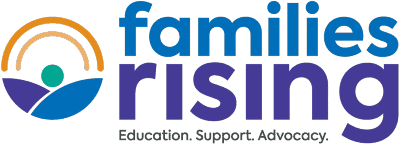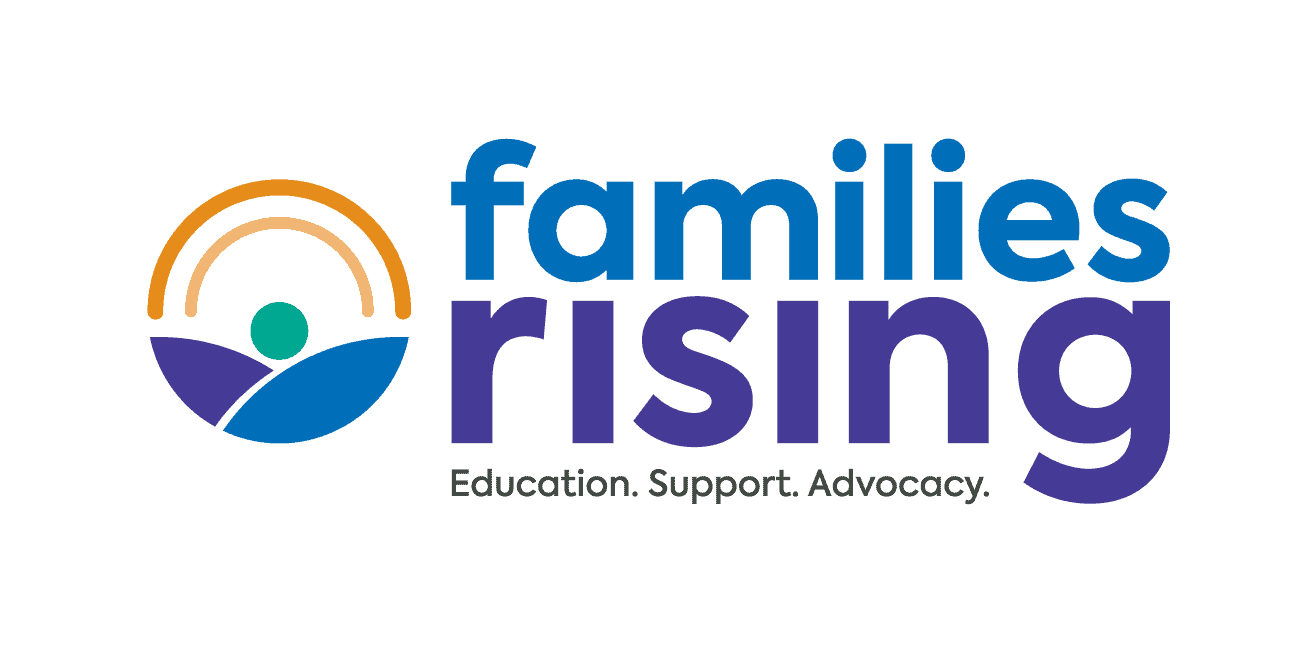By Maximillian Lisembee
Maximillian Lisembee most recently served as a Family Case Manager for the State of Indiana and now serves as a Lean Improvement Facilitator. As a Family Case Manager, Maximillian’s role focused on reaching permanency for the children Indiana served. Maximillian can be reached by email at Maximillian.Lisembee@dcs.in.gov.
In 2020, I was a fellow for the AdoptUSKids Minority Professional Leadership Development program. One of the program requirements is to complete an action research project, and I decided to take a closer look at what representation looks like in the region I serve. One area that didn’t appear diverse—or representative of the children in care—was our pool of foster parents. In the region I serve, Black children are over-represented in care. We had 255 Black children in care in the region, and we had only 9 foster family homes of color out of 124 DCS-licensed foster family homes.
During my research, I sought to find out if providing individuals responsible for recruitment and retention initiatives with information about effective or promising practices for recruiting and retaining individuals of color would increase and improve planning and actual active recruitment and retention efforts in those communities. In this article, I discuss my biggest takeaways.
Refine Your Messaging and Marketing
Messaging from child welfare agencies is often the first form of recruitment for foster parents. Many community members have a negative preconception of foster parenting and child welfare systems, so we all have a role in repairing the image of our systems and ensuring the messages we send out to the public are positive.
Agencies must also ensure messaging and marketing materials are targeted to the many communities and cultures in their community. Be intentional and creative when developing messaging and marketing tools that convey the need for foster parents for all children in our systems. Ensure the messages provide a realistic view of the role of a foster parent.
Be intentional:
- Create yearly plans for recruitment and retention of foster parents and meet at least quarterly to reevaluate plans and evaluate progress in plans.
- Develop diverse recruitment and retention committees to ensure plans are made for successful recruitment and retention of foster parents of all backgrounds and for all children in the system.
- Use radio, social media, and community newspapers to raise awareness about the need for foster parents, targeting communities that reflect the racial and ethnic background of children in care.
- Partner with area churches to relay the need for foster parents.
- Target messaging materials to each group or organization you’re partnering with and keep their needs in mind. Consider if you are able to help them as they help you. For example, if you are trying to recruit in barbershops or hair salons, share with them how your agency can help their business with referrals, event partnerships, and community building. You might give these shops combs or hairbrushes imprinted with your agency’s information that they can pass out to customers. If you’re trying to recruit with churches, you could give them hand fans that note the need for foster parents, and they can distribute them to their members.
Rely on Collaboration and Partnerships
Communities of color value relationships and family. Besides current foster parents, community-based organizations and community leaders can be the biggest recruiters of new foster parents.
It is important to collaborate with community members and partner with the community to develop strong, effective recruitment and retention plans. Be intentional in building relationships with groups in your local communities and then ask if they can help host recruitment events. Focus on the relationship first! One way to do this is to identify the needs of the community and how the child welfare agency can help the community. This is a way to build trust with the communities in which we serve.
Take an inventory of all staff members who work in your agency and the committees and organizations to which they belong. Develop a running list of these groups and seek ways to partner on recruitment efforts. Have staff serve as a liaison between these groups and the child welfare agency.
One place to focus partnership efforts is the religious community. Religion plays an important role for many people of color and the leaders of faith-based organizations are often well-respected and admired in their area. Many times, people belonging to various ministries identify a calling to help others. As with other organizations, focus on the relationship first, identify if there are ways your agency can help their community, and then seek to partner on recruitment activities.
Be intentional:
- Take an inventory of the community agencies, resources, and service providers in your community and that your staff are connected to and develop a list of groups with whom you can collaborate.
- Use trusted community leaders as liaisons to assist in recruitment efforts. These liaisons will be able to inform the community about the need for foster parents and collect feedback and questions that child welfare agencies can use to revise and revamp their recruitment and retention planning.
- Attend community events and set up booths to discuss recruitment efforts and possibly identify other groups who may be interested in helping the agency retain foster parents.
Working with Foster Parents as Recruiters
Foster parents are one of the most effective recruiters of other foster parents. Current foster parents are able to speak from their own experience and to provide potential foster parents a realistic perspective of foster parenting. In my research project, I found that many times, the biggest influence on whether people became licensed foster parents was whether their family members were also foster parents.
As a result of my project, I developed a foster parent recruitment initiative entitled Each One, Reach One, Keep One. In this initiative, child welfare agencies ask each current foster family to provide information about at least one family member or friend who may be interested in fostering. Agencies will then reach out to these prospective foster parents to explore the options. Later agencies can ask these families to suggest other individuals or families who may be interested in becoming foster parents.
Be intentional:
- Think about how to support your foster parents as they help you recruit. They are already doing so much and you don’t want to overwhelm them. And of course a satisfied, supported parent is going to be a more effective recruiter.
- Focus on the relationship. If the prospects already have a connection with your foster parent, there’s a built-in mentor who can provide emotional support during licensing and beyond.
Support Those Unwilling To Foster
As with all recruitment efforts, you are sure to find some people who can’t foster but want to help. Keep in mind that it takes a village to recruit and retain foster parents. Ask individuals or families who decline to become foster parents if they are willing to support the agency and foster parents in other ways. Perhaps they can support foster families or become a partner in recruitment.
Be intentional:
- Ask if they are willing to mentor children involved in the child welfare system.
- Ask if they can provide help for foster parents, such as meals, emotional support, childcare, or respite.
- Ask if they belong to community organizations and if they can help you partner with those organizations to do more recruitment.
Conclusion
Those of us in child welfare have an obligation to the children and families we serve to stay informed on trends and best practices in the field. We can do that by doing the following:
- Grow your social and professional networks and seek to learn what works from others engaged in the journey of recruitment and retention.
- Find trainings to take or webinars to watch to learn promising practices of recruitment and retention.
- Read articles or briefs on foster parent recruitment and retention (just like you’re doing right now).
Beyond learning, we also must be upfront and proactive about our goals related to children and families of color. We must keep in mind the importance of diversity, equity, and justice in all that we do. If we keep these principles at the forefront, we will always act in genuineness, empathy, respect, and professionalism, and will do better for the communities we serve. Lastly, we must remember we cannot do this alone. We must empower emerging leaders—particularly those from the diverse communities we serve. Empower those around you to speak out about the amazing ideas they have yet to share. Empowered workers are retained workers and retaining knowledgeable, hardworking leaders helps us recruit and retain our foster parents. Be intentional about giving a voice to those who aren’t as quick to speak up because they too may speak of our next, best promising practice. The results will follow.


